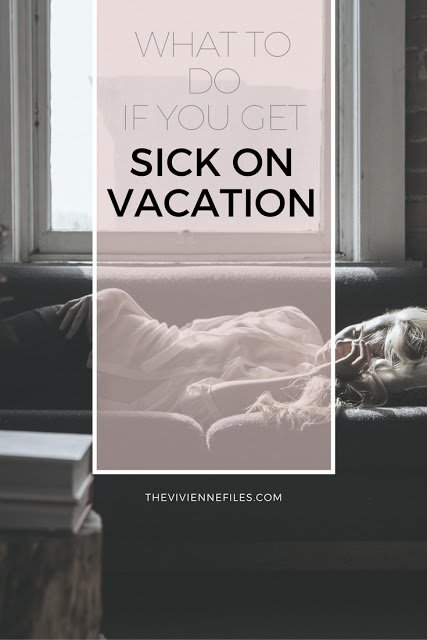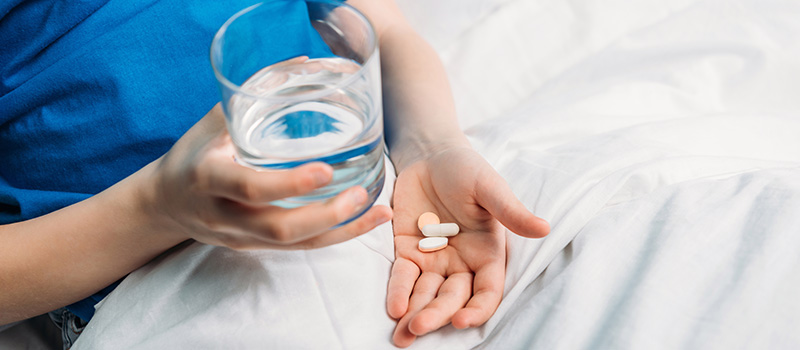

With a semi-monthly pay schedule on the 1st and 15th of every month, employees would accrue 1.25 days of PTO for each of the 24 pay periods.If you run a bi-weekly pay schedule with 26 paydays a year, your employee would be credited 1.3 PTO days each time they receive their paycheck every 2 weeks.

If you offered the same amount of days but did not specify how many days can be used for each category, you would offer 20 days of PTO for the year on top of any holidays your business recognizes. Typically, businesses will dole out the personal hours to their employees over time, for example, the hours will be added to their bank each pay period.Ī typical US employer that operates on the traditional PTO system gives employees 10 paid holidays (like the Fourth of July, New Year’s, etc.), 2 personal days, 2 weeks of vacation time, and 8 sick leave days per year. You also have the option of implementing a PTO policy and vacation policy that lumps all the personal days together instead of separating them out. However, in most states, you do not need to pay out sick leave to terminated employees or when an employee leaves on their own terms. Many states require employers to pay full-time employees for any unused vacation days at the end of the year or when they end their employment with the business.

However, as long as they are following any implemented policies, employees can use their accrued vacation days when they wish, even if they run out of sick days and need to use their vacation time to make up for it. In terms of sick days, employers can implement a policy that requires employees to submit a doctor’s note to ensure they took the sick day for an appropriate reason. Employees can, however, take sick leave whenever they need to, regardless of the employer’s policies. Time-off limitationsĮmployers have the right to set company policies around vacation time, including denying a vacation day or setting policies around when employees can use the vacation time. There are, however, laws in many states that have a stricter definition of the two, requiring employers to follow certain rules: 1.

Sick leave refers to personal days the employees can use to either care for their own health or, in some cases, to care for a family member who is sick.Įmployees use Vacation PTO days for-you guessed it-vacations, whether it’s a family trip or just a day the employee wants to enjoy a little “me” time by relaxing or having some fun. sick time, the difference between these two types of leave policies is pretty easy to understand. Learn more 3 key differences between vacation time vs. Vacation time refers to an employee taking time off work for the purpose of taking a break, while PTO can be taken for different reasons, including vacation, jury duty, maternity leave, or illness. Generally speaking, paid time off includes vacation time. This can include things like paid vacation or maternity leave. PTO stands for “paid time off” and refers to any time an employee is being paid while they are away from work. Still, it’s important for you to know the difference between a paid vacation and paid sick leave so you can make the decision on what kind of personal time plan works best for your business and your employees. The truth is that in today’s modern workforce, many business owners and HR professionals have decided to forgo the traditional PTO plans of separating sick days and vacation days and instead offer a general PTO bank for employees to use when they need time away from work, no matter the reason. vacation time and what the difference is between the two-if there is a difference at all. If you’re looking to offer paid time off (PTO) to your employees either to comply with state law or to simply provide it as a benefit to your team, you might have some questions about sick time vs.


 0 kommentar(er)
0 kommentar(er)
